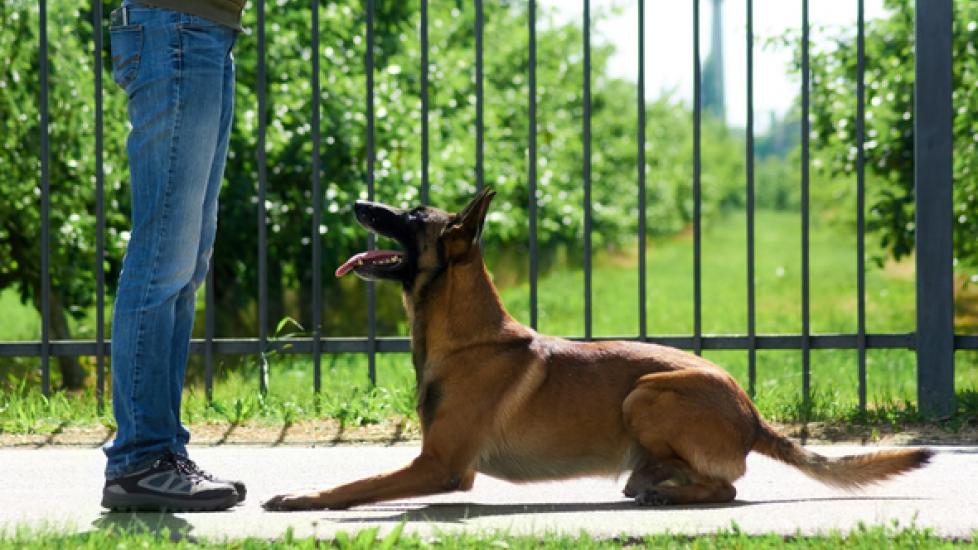Training your dog to lie down is not only essential for their obedience but also crucial in ensuring safety and preventing injuries. Whether you’re at home, on a walk, or even in the middle of an exciting game, teaching them this command can be a fun yet challenging task that requires patience, consistency, and creativity. Here’s how you can train your furry friend to drop into a cozy position anywhere, anytime:
Start with a Comfortable Environment:
Begin indoors where your dog feels most relaxed. Use positive reinforcement techniques by rewarding every attempt they make towards lying down with treats, praise, and affection. This will motivate them and create a strong association between the action and good things happening.
Use Hand Signals:
Hand signals are often easier for dogs to understand than verbal commands. Start by showing your palm face-down while saying “Lie down” in a calm voice. As soon as they get into a laying position, shower them with rewards. Consistency is key; use the same hand signal and word combination each time so they learn to recognize it quickly.
Progressively Build Stamina:
Once they’ve mastered the skill within familiar surroundings, slowly start introducing new environments around the house. For example, practice in different rooms or near stairs. Gradually increase the distance you stand from them during training sessions until you can eventually give the command from across the room or outside.
Make It Fun:
Dogs love playtime! Incorporate games like fetch or tug-of-war before giving the “Lie down” command. When they’re tired out, it’ll be much simpler for them to follow through with what you ask because resting sounds appealing after all that excitement.
Reward Timing Is Key:
Timing is everything when using treats as incentives. Wait until just after your pet has completed the desired behavior before presenting the treat—this helps prevent accidental reinforcement if they happen to look away or move slightly before settling completely onto their side.
Consistent Cues:
Always use clear cues such as “Down” (or whatever term works best) followed immediately by physical guidance if needed. Your body language should remain firm yet encouraging throughout these exercises; never scold or punish mistakes since doing so could lead to fearfulness which makes future learning more difficult.
Practice Makes Perfect:
Regularly review this trick both inside and outside so that your pup becomes comfortable performing it wherever life takes them—whether that’s visiting friends who have carpeted floors versus hardwood ones or navigating busy city sidewalks full of distractions galore! With enough repetition comes mastery over any new trick under heaven (or earth rather).
Conclusion:
By following these steps consistently over several weeks (or months depending upon breed temperament), there’s no reason why Fido won’t become adept at lying obediently whenever called upon – whether amidst chaos at an outdoor festival or simply relaxing beside his favorite human companion indoors post-adventure mode shutdown period (aka nap time). Remember though – every pooch learns differently; some may pick up commands quicker whereas others require additional support via professional trainers equipped specially trained handlers whose expertise lies specifically within animal behavioral sciences fields too complex here explain fully without going off topic entirely!
